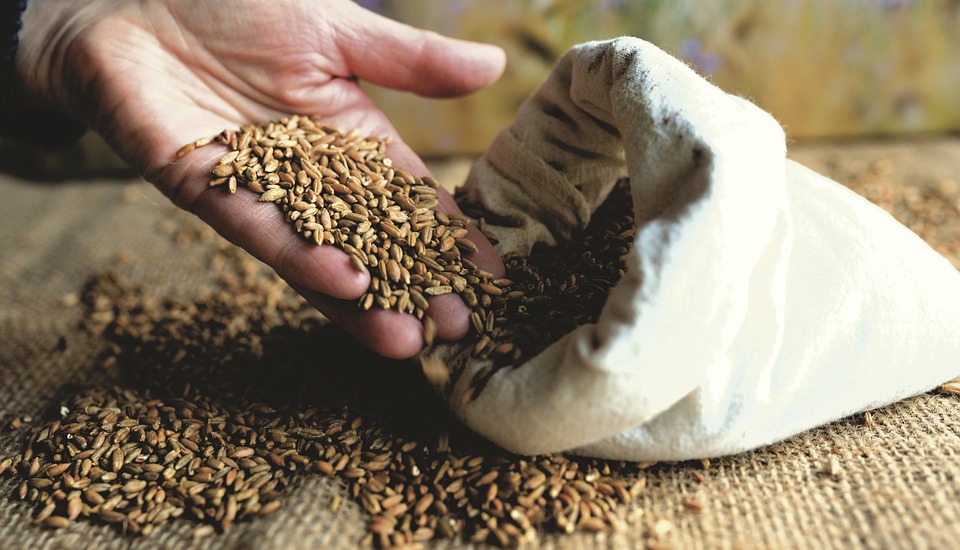Wheat is used to make not only flour, but also cereals, from which we cook porridges and prepare side dishes. Their main difference is the degree of grinding and processing of the grain.
Manna
Manna is the same as wheat flour, only coarser ground. The color and taste of groats may vary slightly depending on the type of wheat – in our country it is most often made from soft wheat, so it is white. You can also find yellow groats in stores called “semolina” and “semola” – this is essentially the same as semolina, only from hard durum wheat. Semolina is slightly coarser ground, but semolina is the absolute Italian twin sister of semolina. It used to be thought that semolina was very useful, but today many nutritionists refute this fact: there is not much use in pure endosperm grits without bran and germ. It’s full of gluten and carbohydrates.
Couscous
Actually, originally this cereal, characteristic of the Maghreb countries (Tunisia, Morocco, Algeria), was not made from wheat, but from millet. But the abundant and popular wheat displaced its gluten-free rival from eastern cuisines where couscous was traditionally made by women. It was not an easy task: they took coarse flour (like semolina) from hard wheat, sprinkled it with water, made grits bigger, dried and sifted through a special sieve. The too fine grits, passing through the sieve, were soaked again and sprinkled with semolina to the desired caliber. Now, fortunately, this process is fully mechanized. Couscous is used to make a dish with the same name – couscous with meat, fish or vegetables.
Petitim
On the shelves only a few years ago appeared this mysterious product, each grain of which is a perfect round shape. In fact, it’s not French groats (as you might think from the name), but pasta from Israel. The technology was brought to the Promised Land by Jewish repatriates from the Maghreb countries after the founding of the State of Israel in the late 1940s: ptitim is a close relative of couscous. At first, the Israelis made ptitim in the form of rice grains (apparently due to the shortage of rice), but today you can find ptitim in the form of balls, stars, hearts and other shapes on the market. It is made from two ingredients: flour made from durum wheat and water.
Bulgur
One of the most ancient groats – allegedly it was loved by Assyrian king Ashurnatsirapal II, who lived in the IX century B.C. Its main difference from the same couscous and salmon lies in the technology of its making – bulgur is made from preliminarily treated with boiled or steamed and then broken up wheat. Until the middle of the last century, the grain was boiled in large vats until soft, then dried for several days, peeled off husks, and ground. First, the grain was preserved much longer and, second, it acquired a unique nutty aroma. Now bulgur is processed with steam and broken up into several fractions which are used in different ways: whole bulgur is used for pilaf, fine bulgur is used for soups and salads, and the finest grind is used for cooking porridge.
The ancient grits bulgur is even mentioned in the Old Testament
Frike
At first glance you may think that this grits looks like bulgur, but it is not quite true. In the production of the traditional Middle Eastern freekeh or farik groats, the wheat grains are not boiled but treated with fire: the unprocessed ears are set on fire and waited for the straw and the shell to burn. The grains are saved by their increased moisture – as a result, they acquire an unusual smoky flavor and bread aroma. Fricke is sold either in whole or crushed: as the size of the grind increases so does the price.

